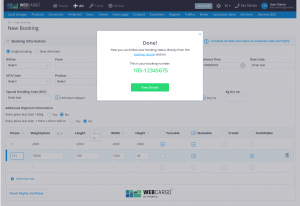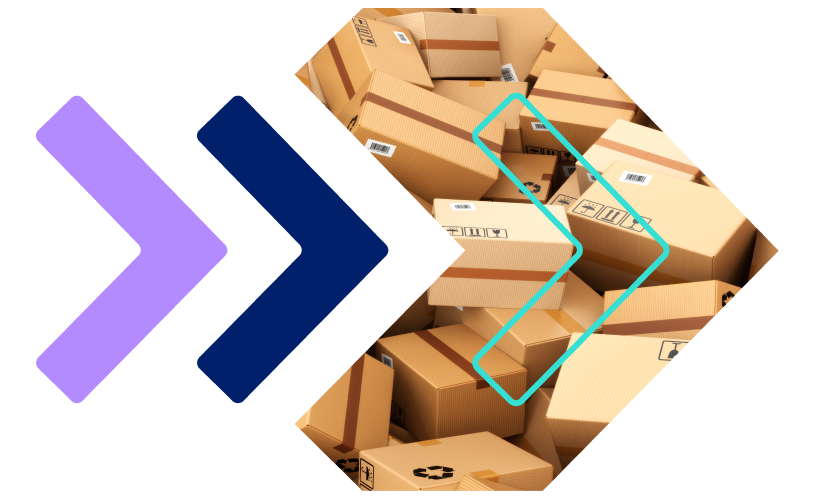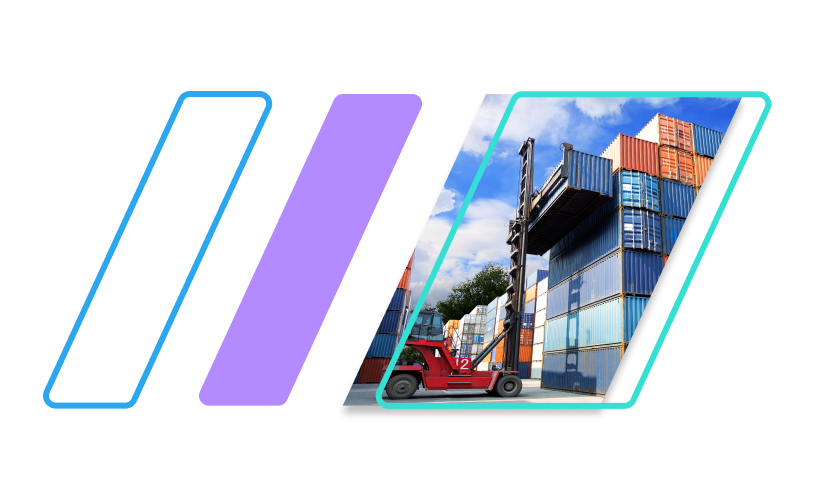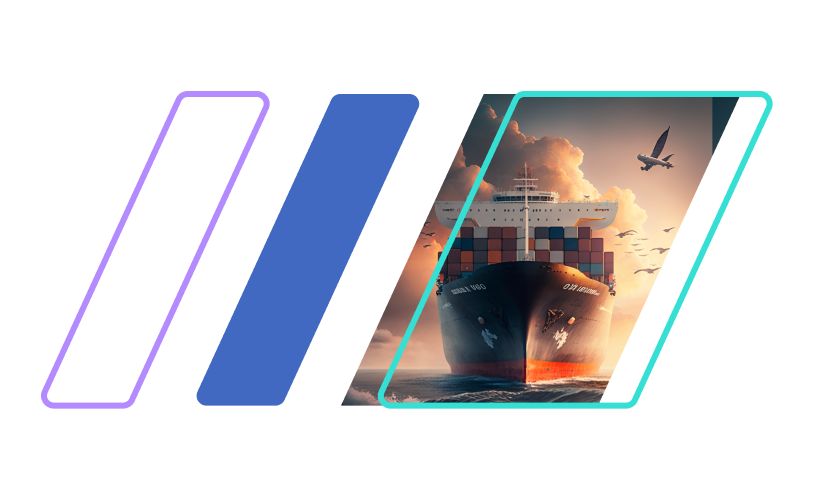Open up LinkedIn and check out the profile of senior salesperson at a freight forwarder or carrier and you’ll probably see several top-tier providers as previous employers.
Historically, a carrier’s relationship with importers and exporters was built by sales people. The best of them accumulated books of business contacts, which moved companies with them.
But, increasingly, a carrier’s customer relationship is being built by the brand, which explains their newfound obsession with customers. In their words:
“freight made personal” waves proudly on Air France KLM Martinair Cargo’s banner.
“We are going all the way to meet our customers’ demands …” from Maersk’s homepage.
“Size is not the name of the game anymore, but customer orientation”, from Hapag-Lloyd CEO.
“Today’s air cargo customers want a quick and fully-digitized sales experience with extensive, agile self-service options”, United Cargo’s President upon signing up with WebCargo.
Here’s what drove this change.
1. The Horizon Expanded
To survive and thrive, carriers needed to differentiate quickly.
Containers may be standardized but carriers are doing everything in their power to differentiate on how they move them.
Ocean carriers, in particular, feared better pricing and service offering visibility would commoditize their core product, sucking carriers into a pricing tailspin.
So, they broadened, rolling out new service offerings like guaranteed delivery times, booking commitments and improved shipment tracking. They began sponsoring innovation, like Lufthansa Cargo’s engagement with accelerator, Plug and Play.
Broadening service offering adds value and differentiates from competitors. Carriers chose different paths. Maersk, for instance, is swiftly moving from port to port to a door to door offering and beyond. Others are integrating with companies that provide forwarding services, such as CMA CGM’s near-total holding in CEVA Logistics). Others, like Emirates SkyCargo deal with Alibaba’s Cainiao, are entering into partnerships.
2. The Game Changed
Freight digitalization helps carriers keep up with changing customer expectations.
Amazon harnessed technology to deliver scalable, impeccable service. Two growing sets of international freight customers – Millennials, who now make 36% of the U.S. workforce, and smaller ecommerce retailers, whose businesses live and die on customer services – expect nothing less.
In becoming more responsive, carriers also help their larger customers as they develop more agile supply chains.
But, irrespective of size, better customer service simply means better business – 86% of U.S. adults will pay more for better customer experience. This holds for freight. Only half of Freightos Marketplace’s shipments are booked using the lowest price.
3. The Numbers Stacked Up
Freight digitalization reduces cost.
Building a relationship is nice but large businesses get that way by managing costs, automating process where possible. Firstly, automation reduces error. Accenture estimates that’s manual processes have exposed the ocean shipping industry to $34.4 billion invoice and payment processing inefficiencies, and up to 30% invoice errors for smaller shippers.
Automation also frees up more time to sell. Sales executives currently spend just 45% of their time on customer-facing activities.
4. The Technology Was Available
Even ten years ago, this change would have been impossible.
The cost of building digital relationships in the past was prohibitive. It’s not that technology didn’t exist, it was just incredibly hard to build in-house. However, cooperation between the tech and logistics sectors has recently gone into overdrive, providing the means to meet this new base and improve customer service across the board.
The technology doesn’t have to be built in-house. WebCargo, for instance, is the white-label live rate distribution and quoting marketplace platform which also became the springboard for Lufthansa Cargo, Air France/KLM/Martinair Cargo and IAG Cargo to offer instant booking.

5. Leaders Took The Lead
Successful transformations do not happen on their own. They must be led.
IT has often played a supporting, albeit, critical role for carriers. Recently, many have also realized it’s strategic importance. Half of the top ocean carriers now have a head of transformation and 40% have published a digital strategy.
Referring to the three largest European container carriers’ commitments to DCSA (standardization protocols), TradeLens (document sharing) and Traxens (real-time container shipment visibility), SeaIntelligence Consulting’s Lars Jensen concluded they have, “decided that now is the time to accelerate the digital transformation of the industry”.
These five drivers – service differentiation, changing customer expectations, efficiency, technology and leadership – means carriers are repositioning to tap more into the SME customer base. A recent benchmarking study determined just how far each of the top air and ocean carriers has progressed, surveying their website sales and service offerings, ability to connect customer systems, and commitment to structural transformation.



